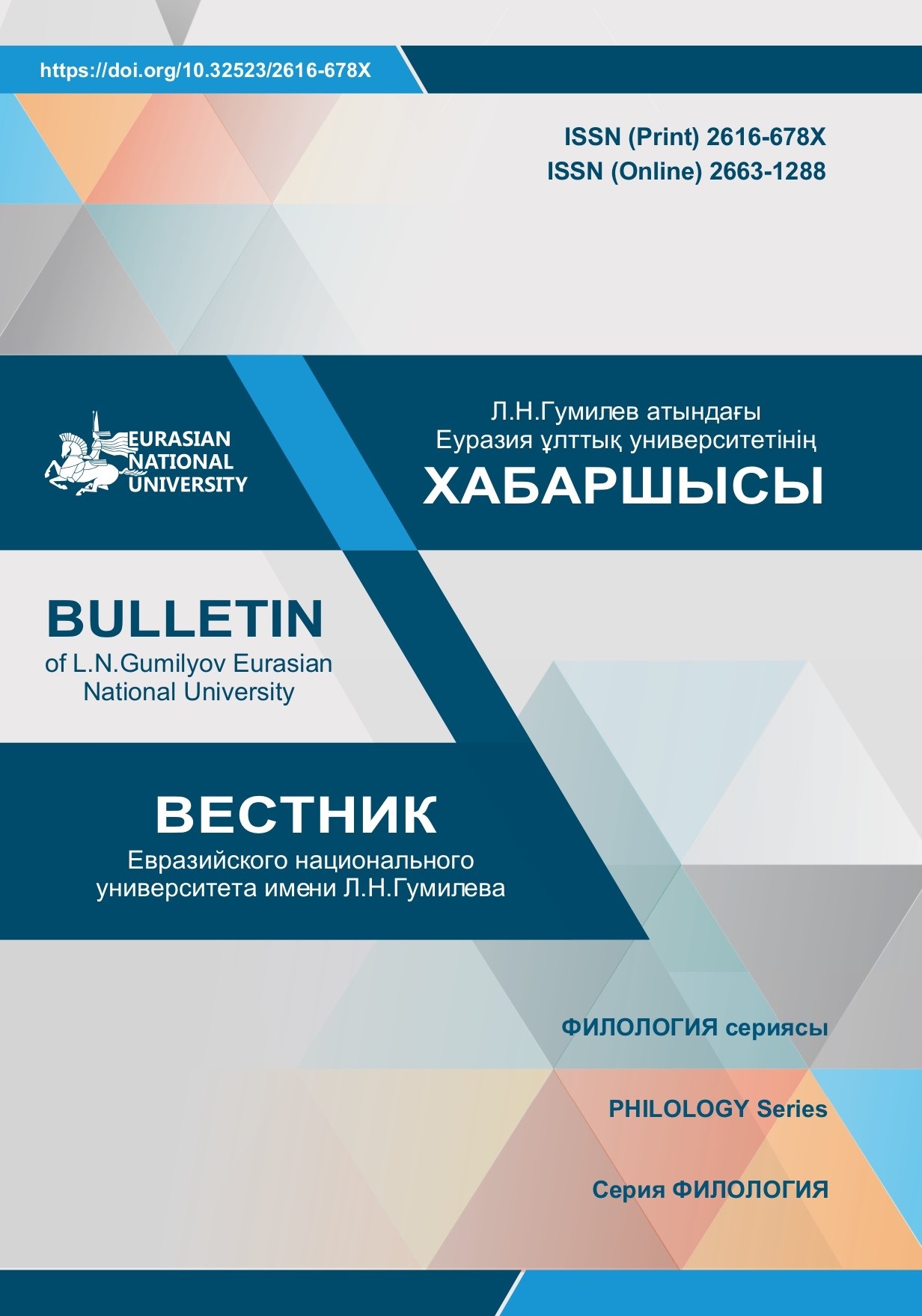Linguo-stylitical features in fairytale texts translation
Views: 258 / PDF downloads: 175
DOI:
https://doi.org/10.32523/2616-678X-2021-136-3-17-23Keywords:
translation, folklore text, culturonyms, neo-realistic realia, translation problemsAbstract
This article considers theoretical and practical issues arising in the process
of transferring linguo-stylistical features of translation in fairytale texts. The
urgency of this issue is determined by the growing interest in the problems of
intercultural communication and the ability of a translator to adequately convey the
meaning of culturally bounded words (culturonyms) into a foreign language. The
purpose of this article is to identify difficulties that arise when translating
culturonyms. The authors considered the most appropriate ways of translating
culturonyms on the example of fairytales translations from the collection of
Alexander Nikolayevich Afanasiev: Degree of transfer and preservation of the
cultural potential of the source text in the translated text.
For other cultures and languages there will be many problems with the perception of
information and, moreover, with the translation of a given lexical unit or concept.
Many methods and techniques are used to transfer specific vocabulary in translation
practice, which are the result of centuries of linguistic contacts, and which led to the
accumulation of knowledge about lexical and grammatical correspondences. In
general, it can be concluded that when transformation non-onomastic cultural
names, the most frequent technique is tracing. Descriptive translation,
transliteration and transcription are quite common, due to the specifics of this
vocabulary.







